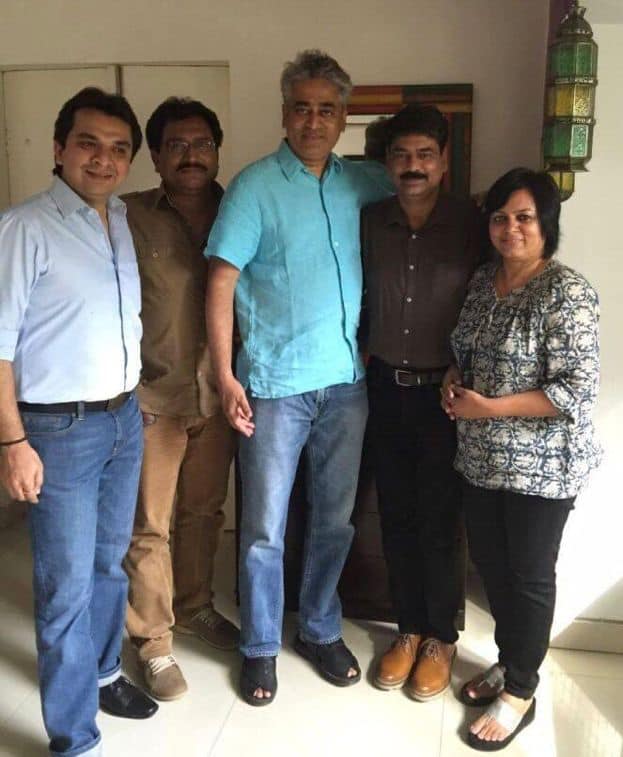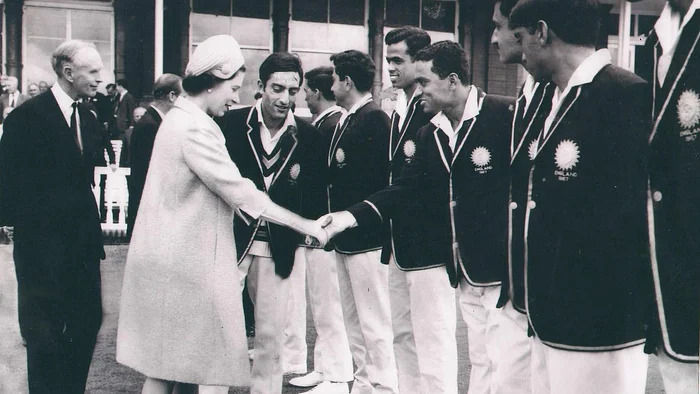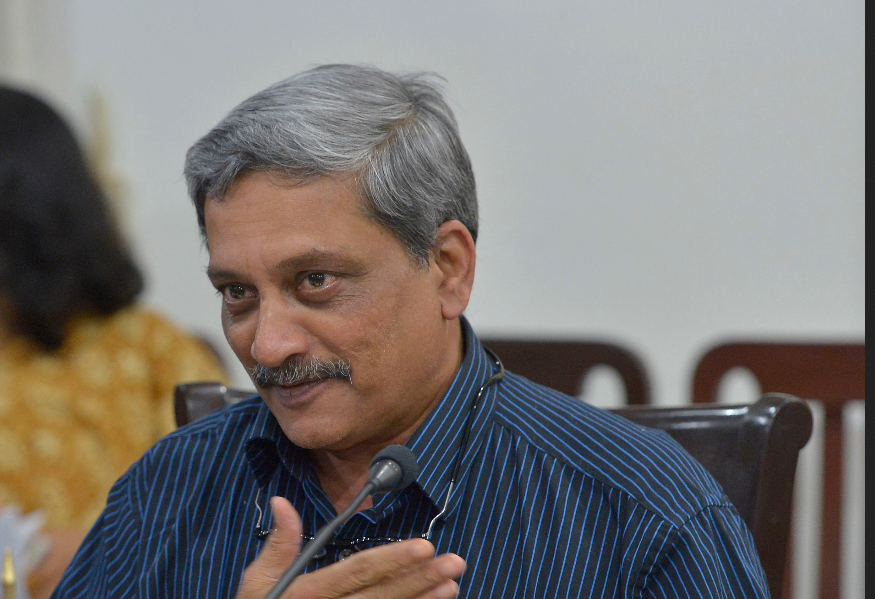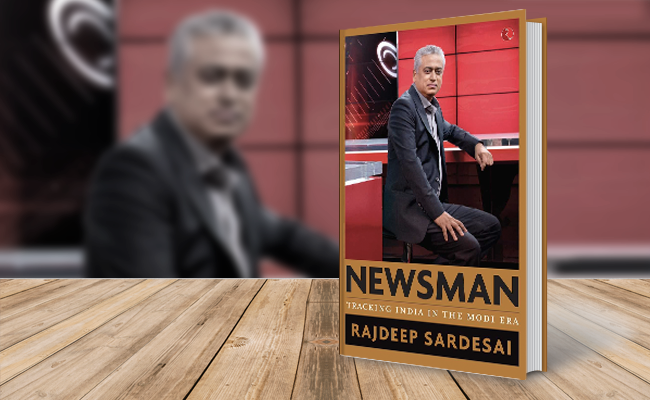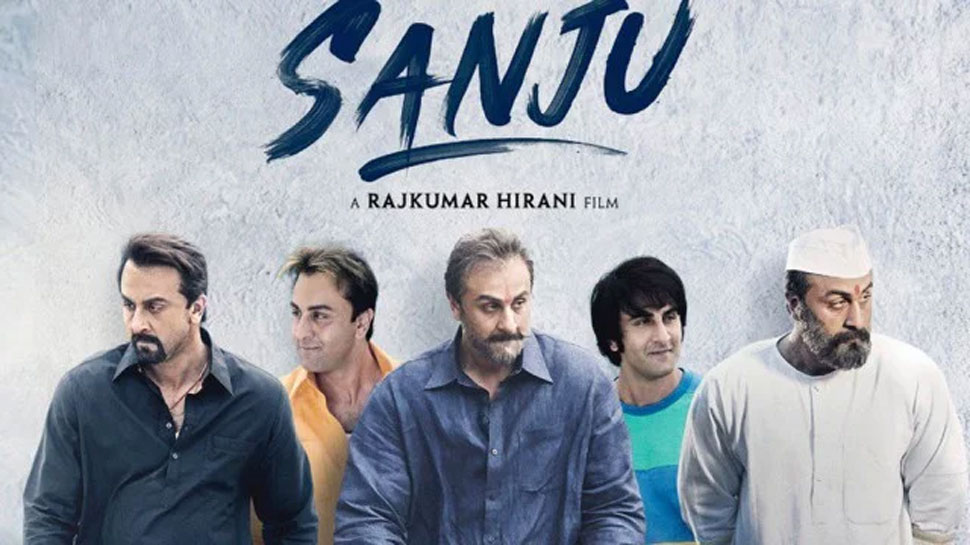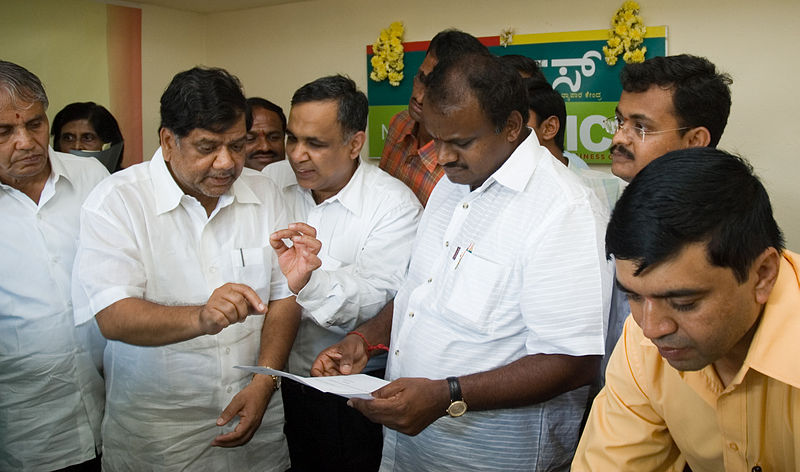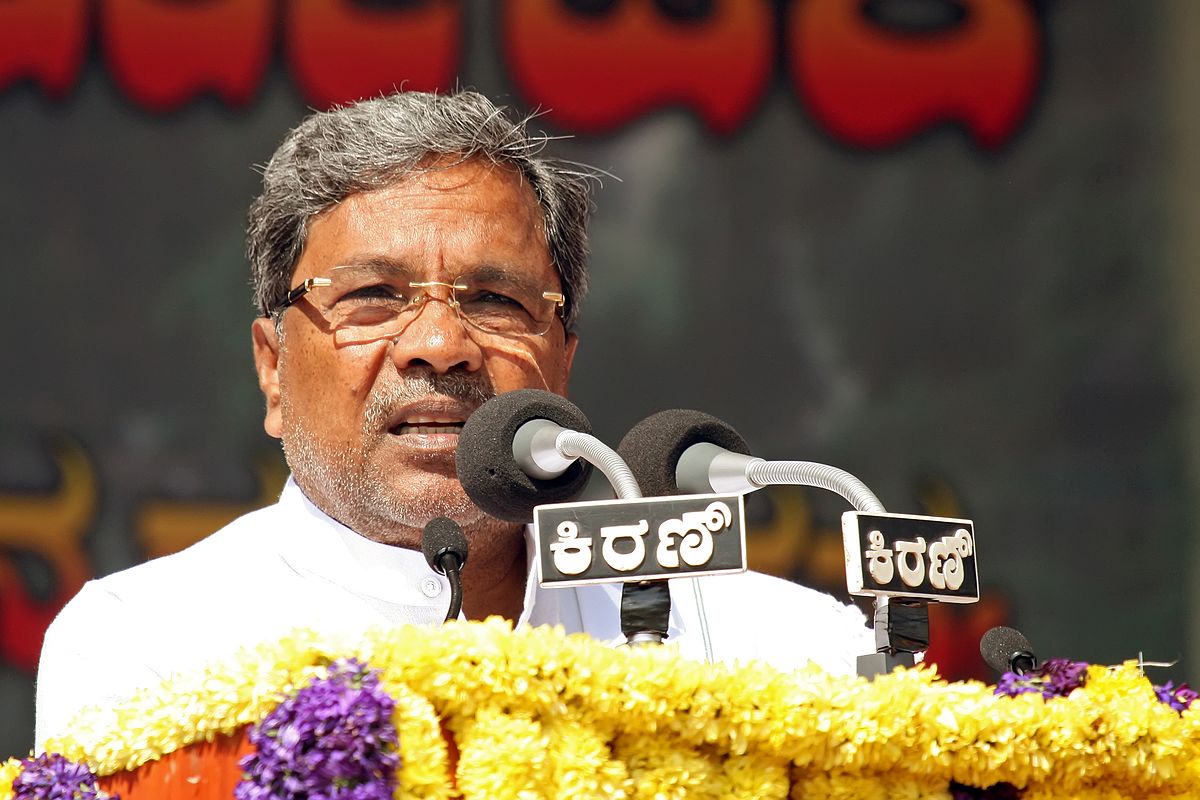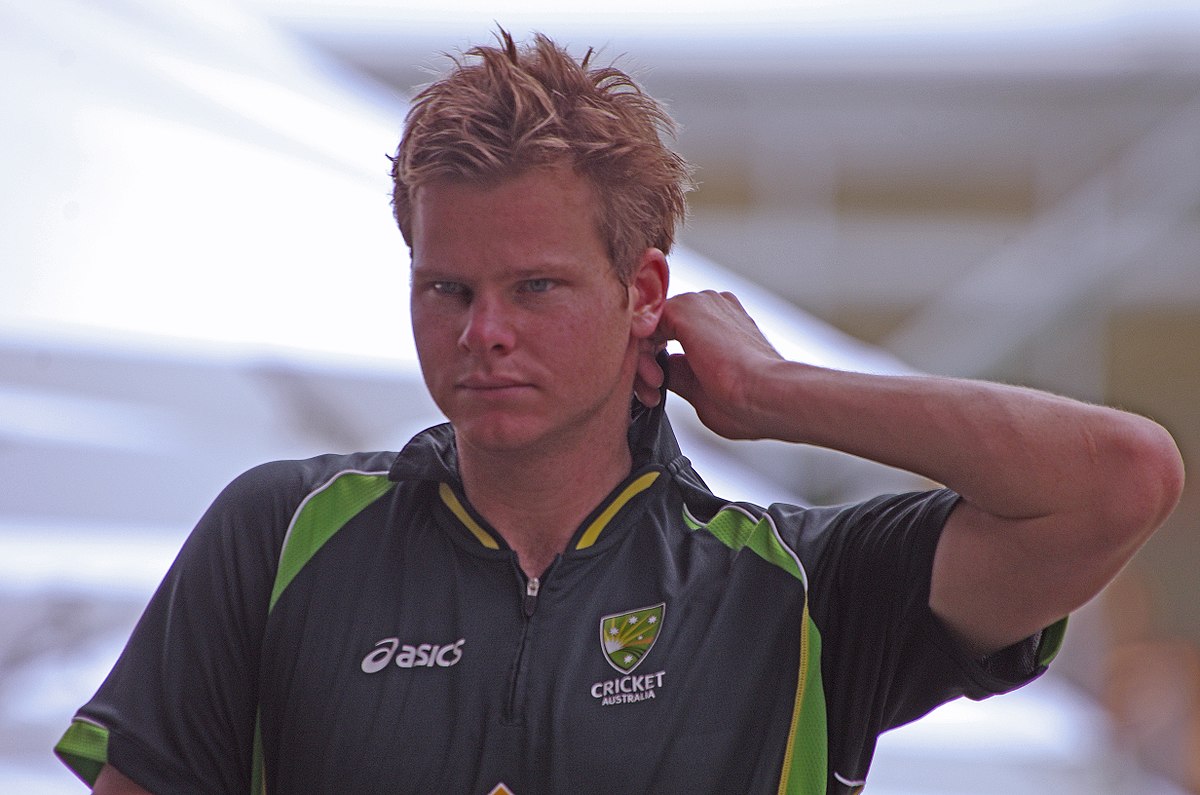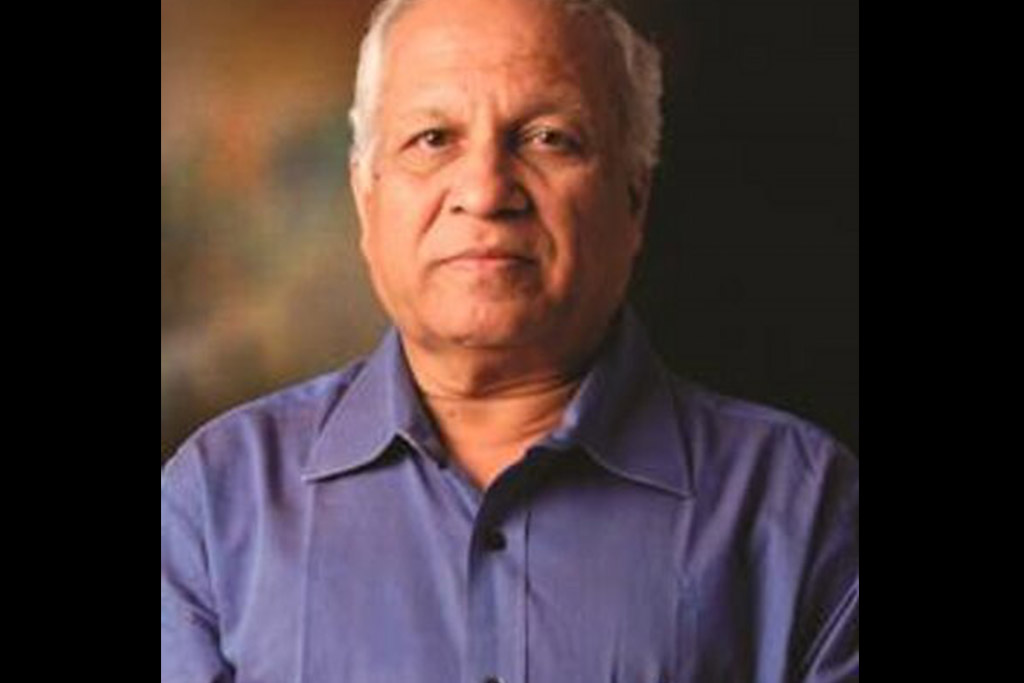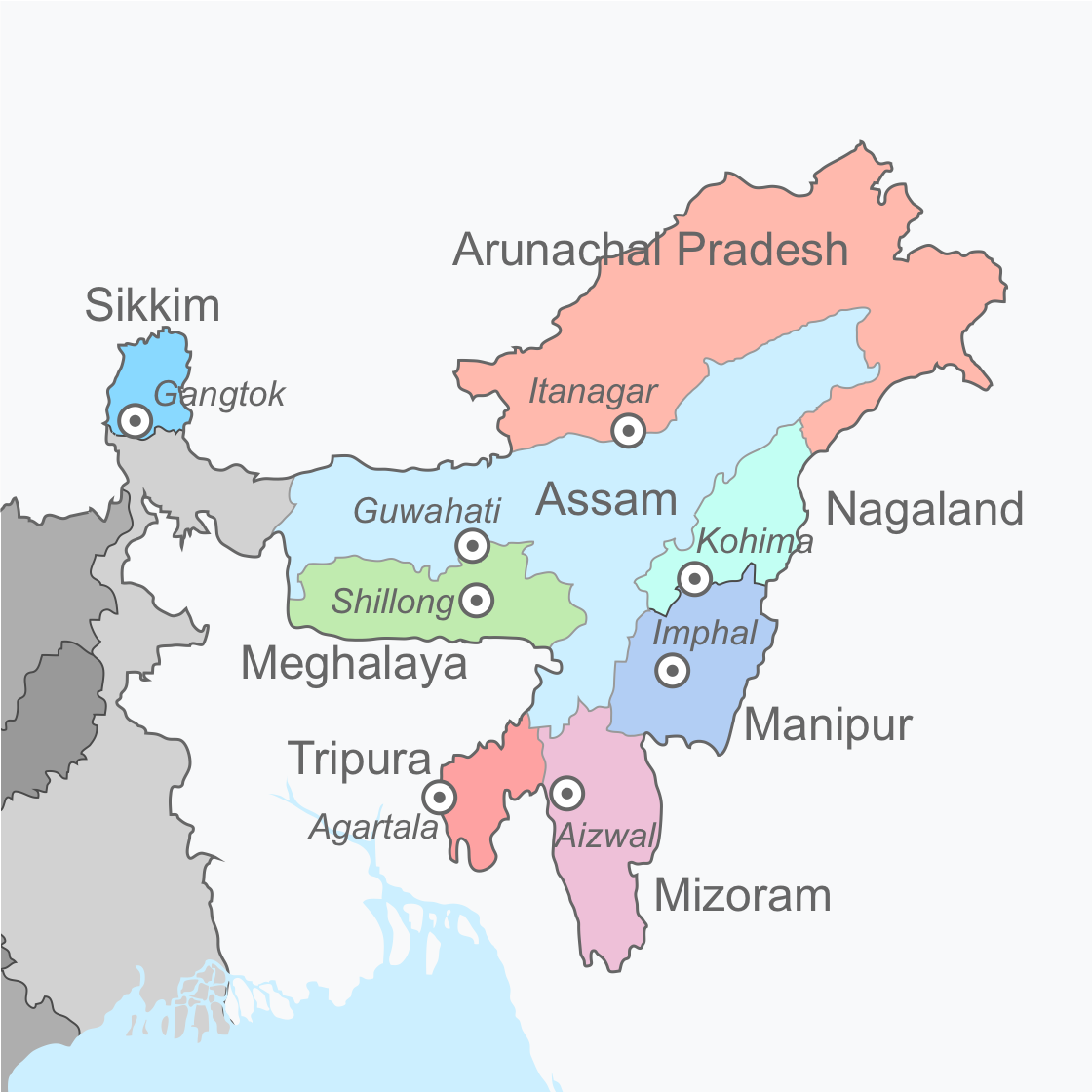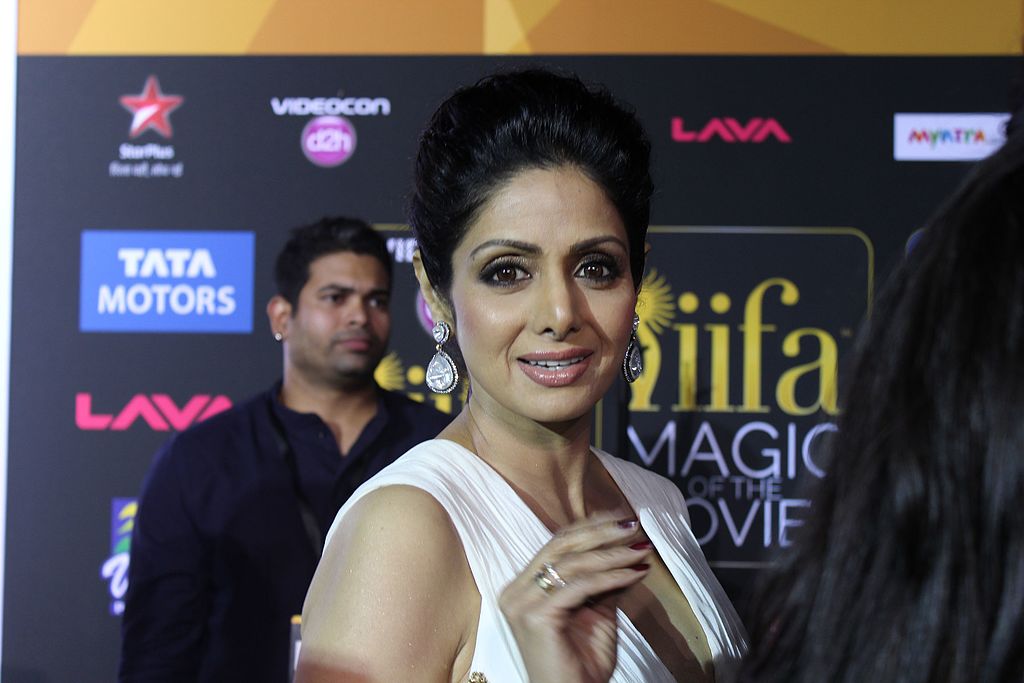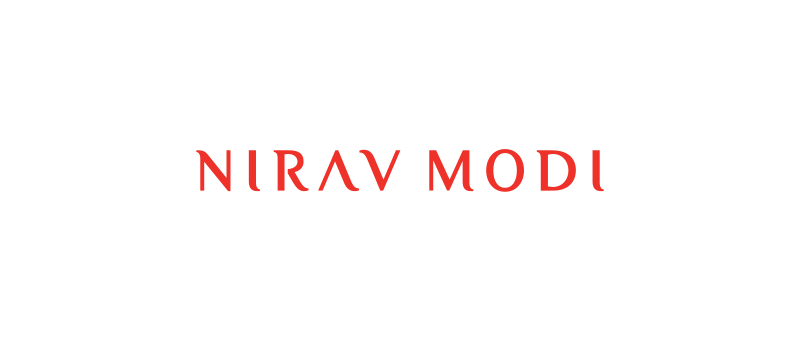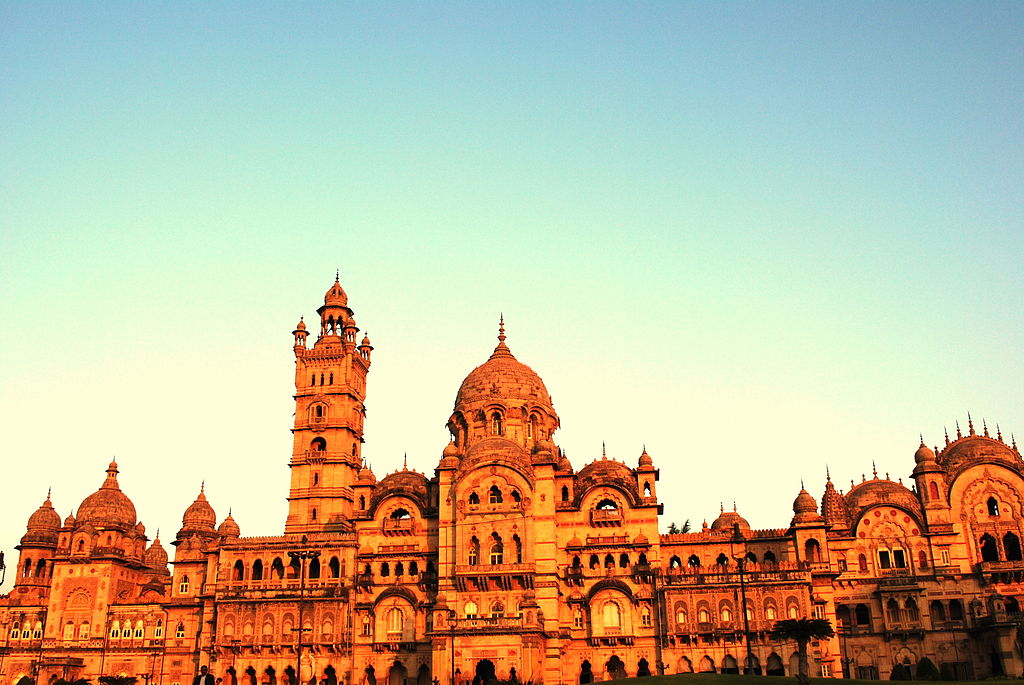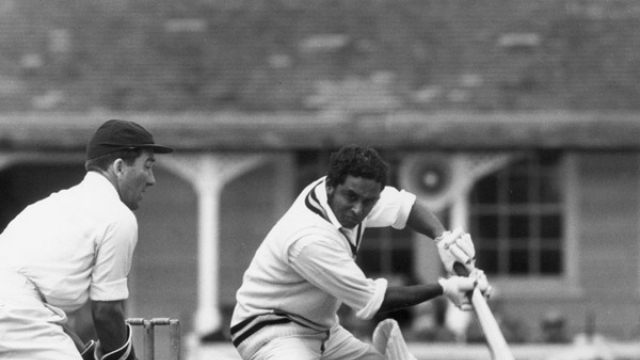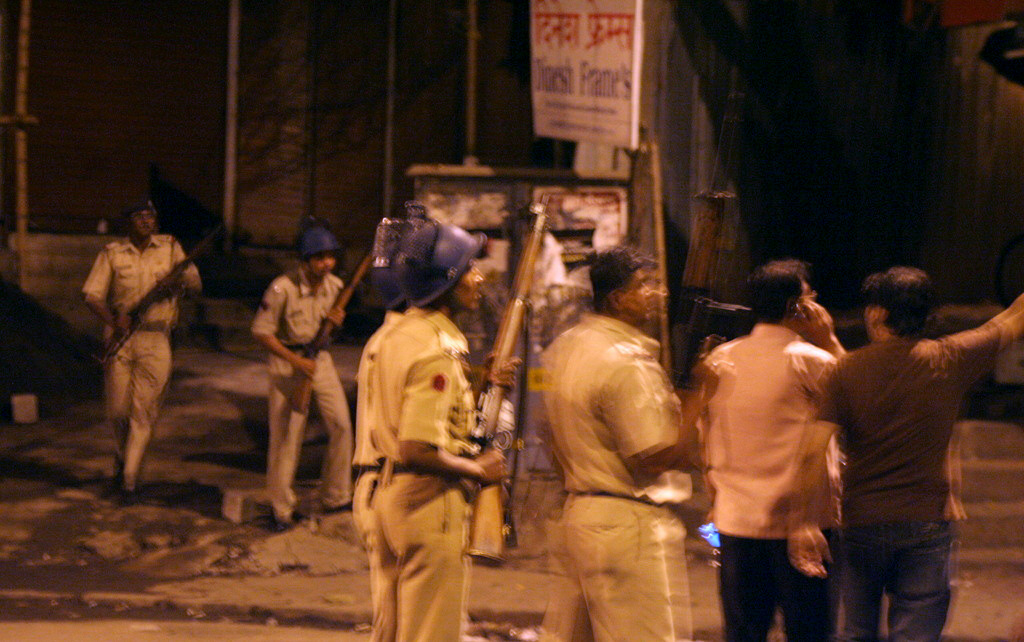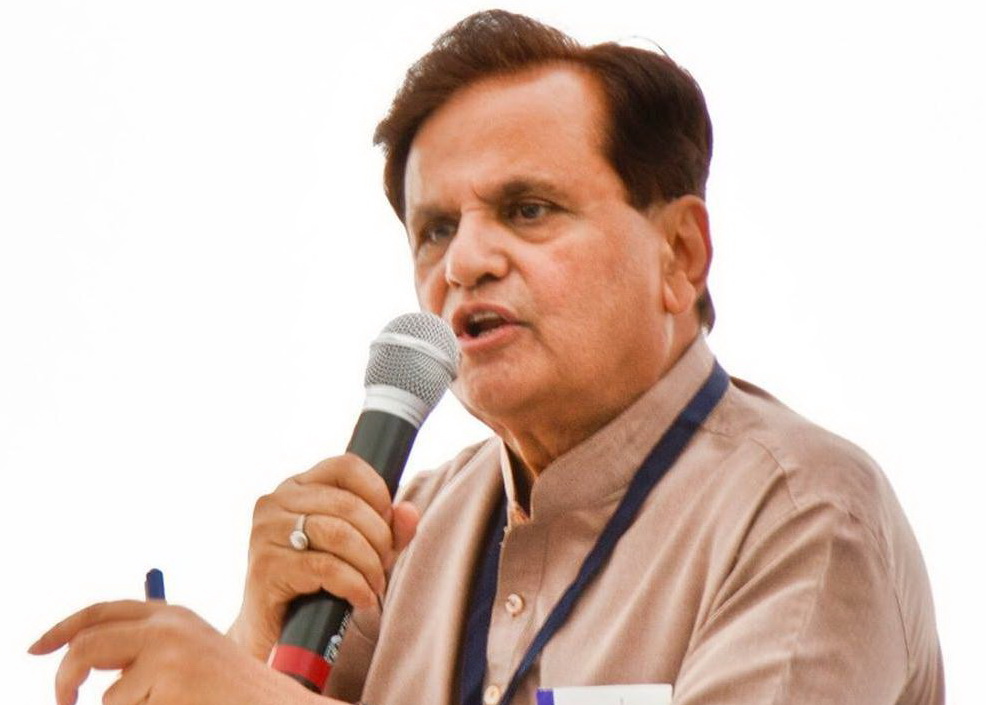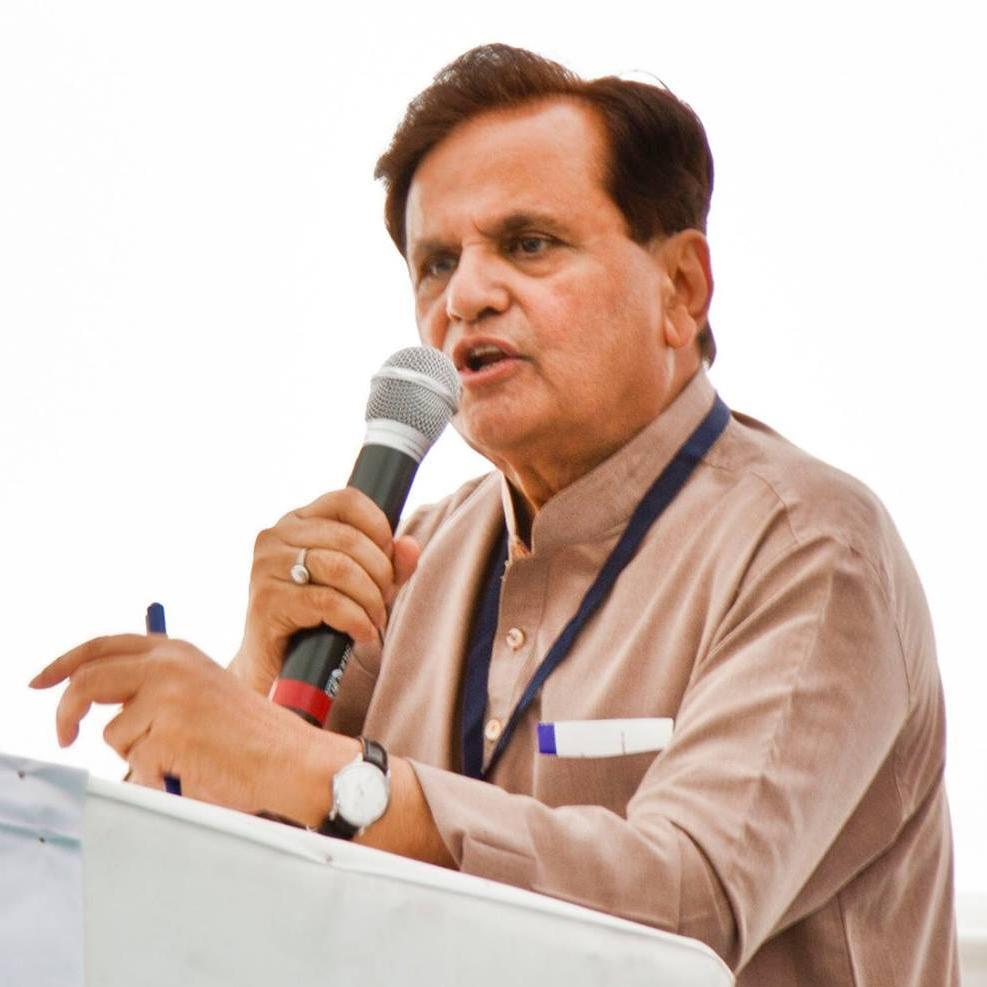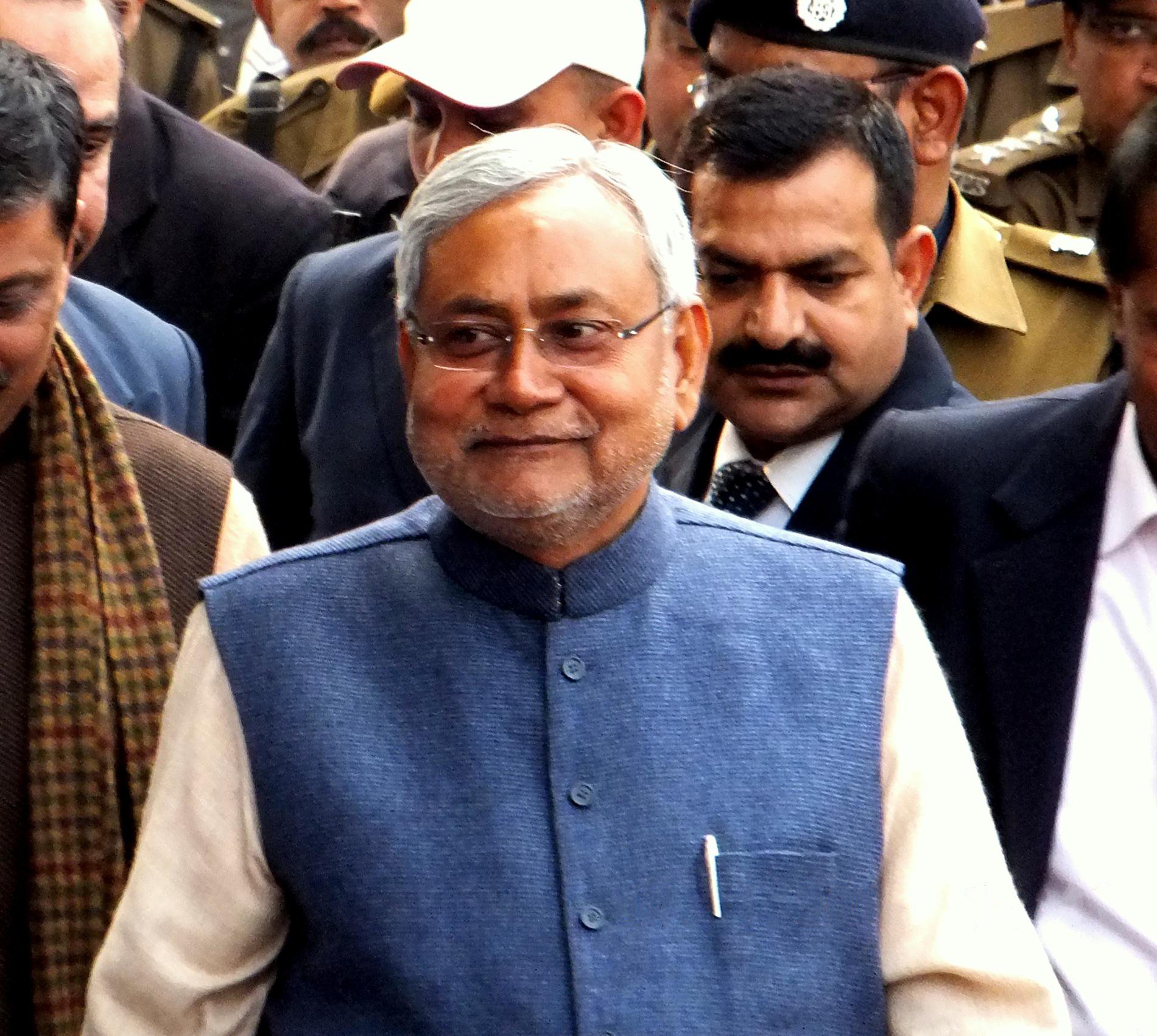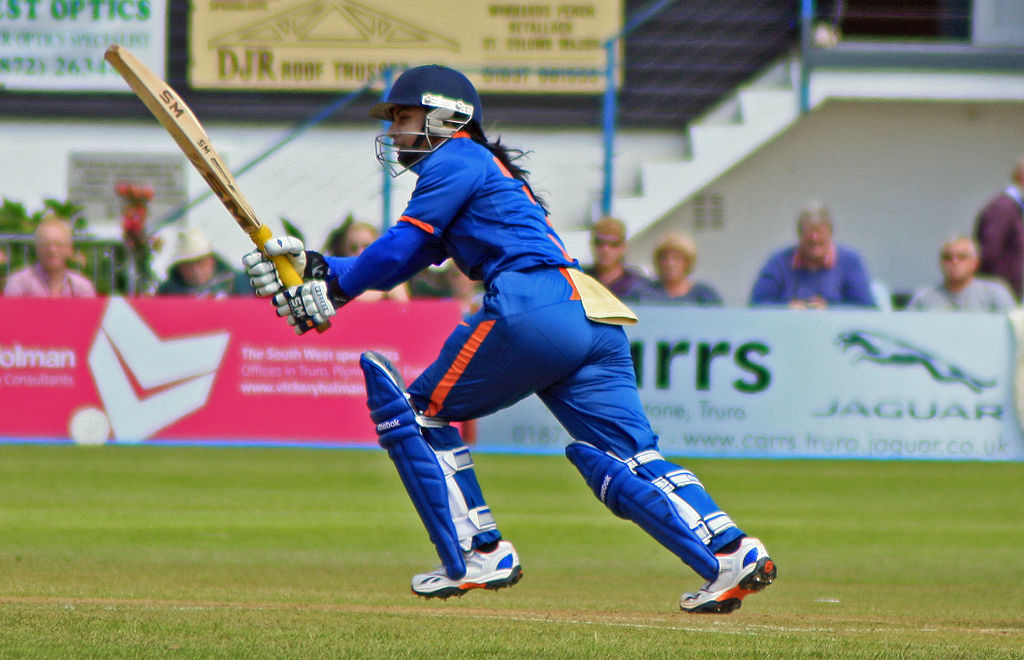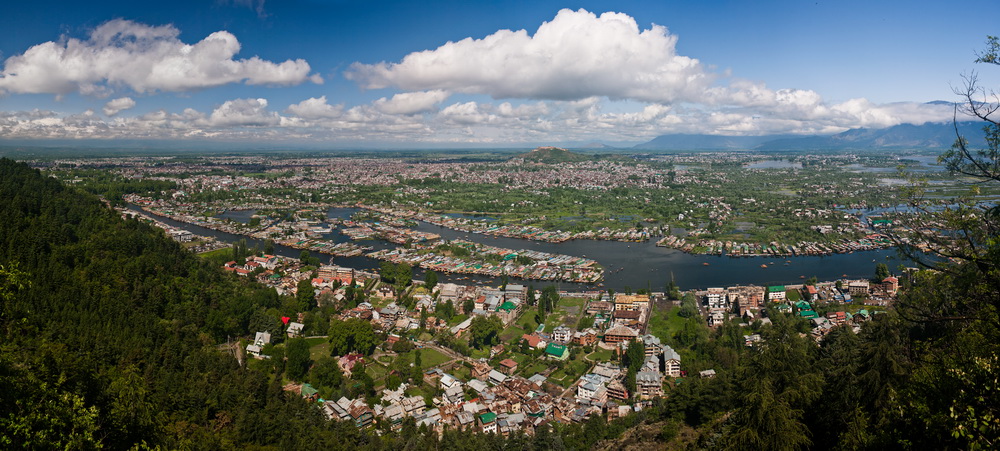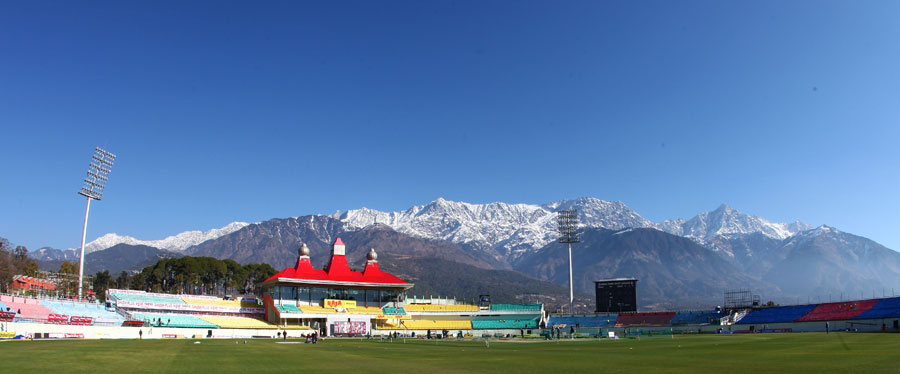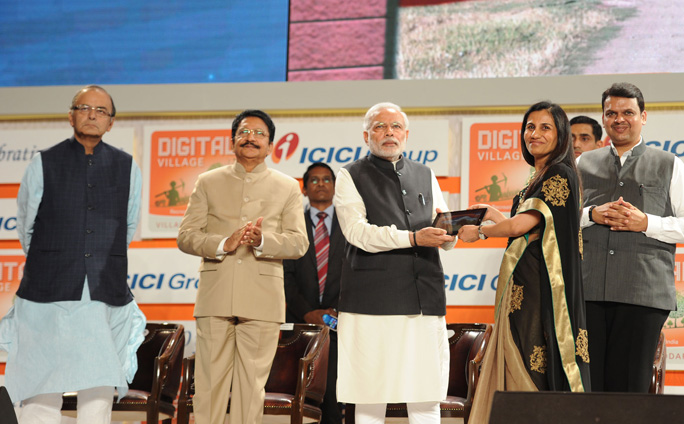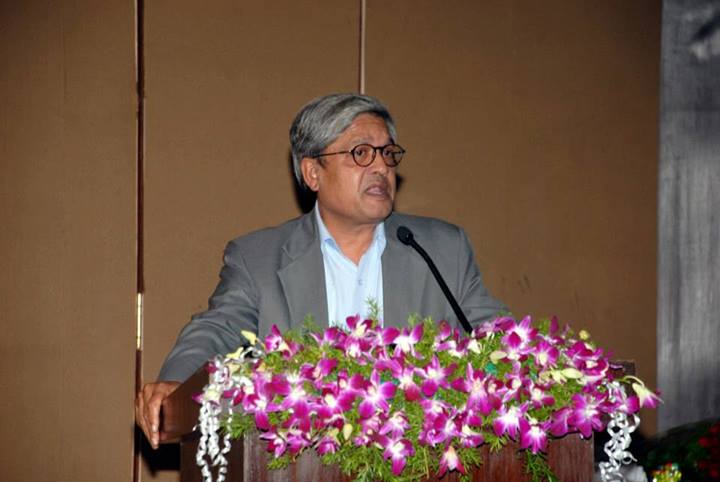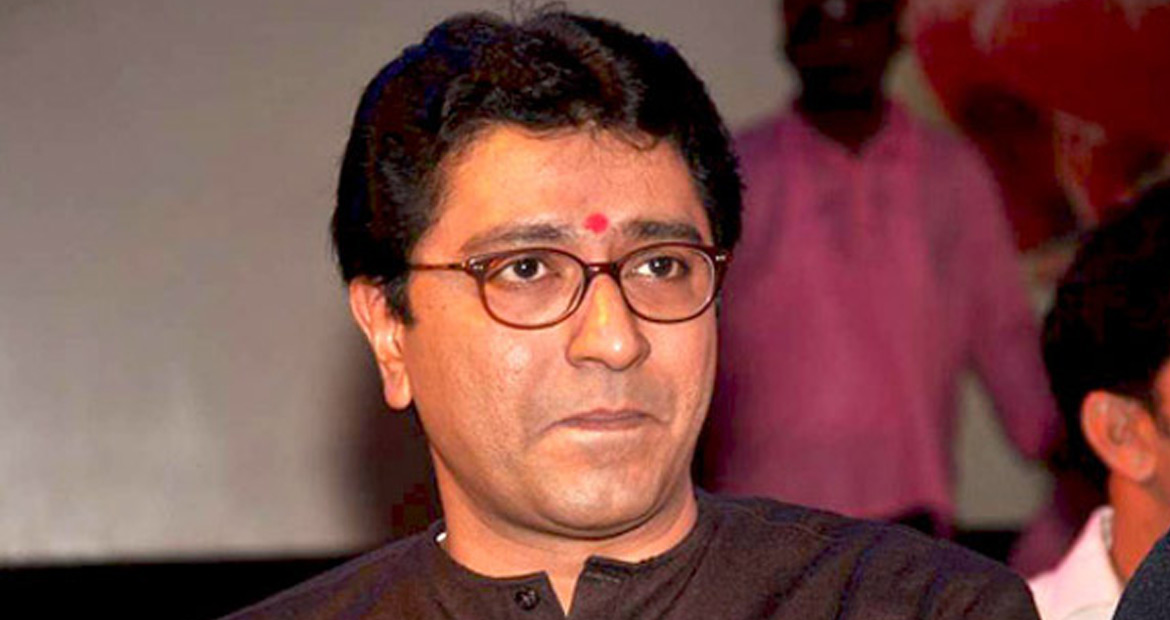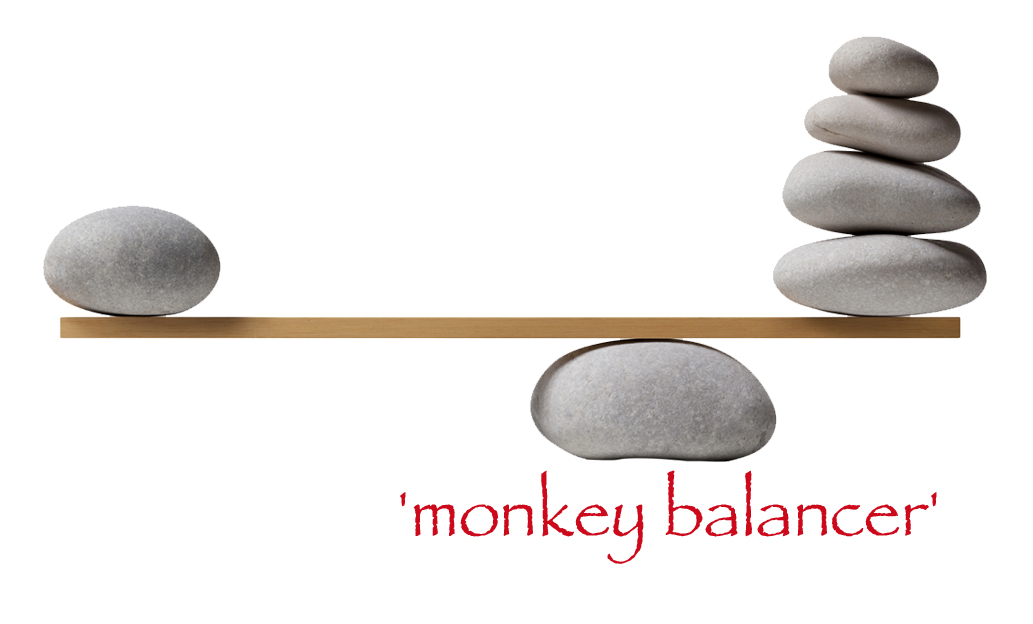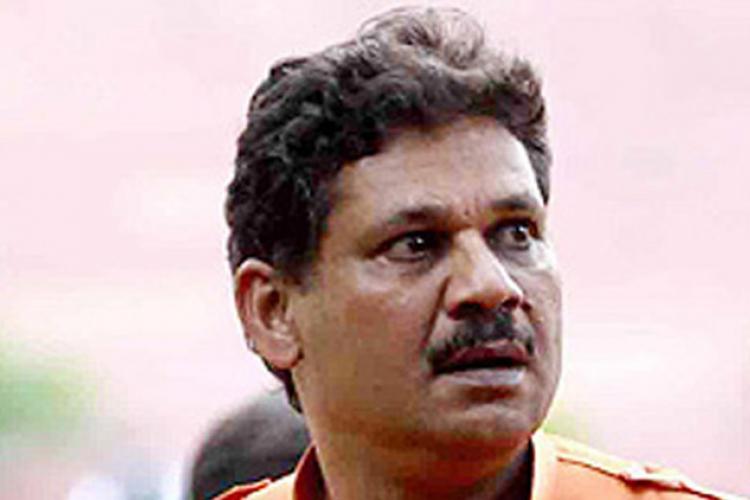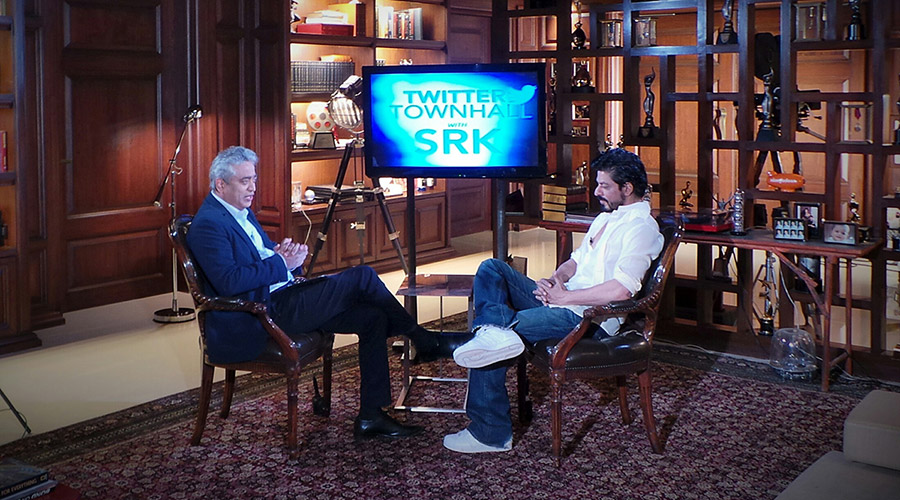
The first time I met Yogi Adityanath was in his bastion of Gorakhpur ahead of the 1999 general elections. It was only the youthful Yogi’s second parliament election and he had already earned a well deserved reputation for being a emerging hardline Hindutva warrior. This was the age of the ‘moderate’ Vajpayee and the BJP was looking to build an inclusive coalition where a saffron-robed shrill Mahant didn’t seem to readily fit in. I asked him about his role in Indian politics, and he was clear: ‘Hindu dharma ki raksha.” As his devotees cheered, he then emphasised, “Ram Mandir banega aur Ayodhya mein hee banega.” But hasn’t the BJP abandoned the Mandir agenda in favour of a common minimum programme I asked. “Dilli mein hua hoga, aap Gorakhpur mein hai!” was the Yogi’s firm answer.
Almost two decades later, as Yogi takes over as the BJP’s UP CM, the gap between the platitudes of the Delhi durbar and the ground zero bigotry of Gorakhpur is visible again. In Delhi, the prime minister in a celebratory speech a day after a stunning victory in the UP polls, claimed at the BJP national headquarters, “Sarkar bahumat (majority) se banti hai par sahmat (consensus) se chalti hai.” It was a statesman-like remark, backed up by his trademark slogan of ‘sabka saath, sabka vikaas’. Exactly, a week later, as the BJP anointed Yogi, the chant in Lucknow was more ominous : “UP mein rehna hoga, toh Yogi, Yogi, kehna hoga!”
The chasm between Delhi’s Modi mantra and Lucknow’s Gorakhpur model could not be more stark: was a majority verdict being interpreted as a majoritarian one, one that has almost discounted the state’s 18 per cent Muslim population? The BJP’s resounding mandate in UP was primarily built around Brand Modi: a brand that is seen to stand today for strong leadership that promises ‘vikas’ and hope (the latest buzzword is ‘new India’ or India 2022). It was that message of hope (don’t forget ‘achche din’) that has driven the Modi juggernaut, especially among those wearying of the ‘business as usual’ vacuous, corrupted politics of his opponents. And yet, this wasn’t just a vote for ‘parivartan’ delivered by the people of UP. It was also a reflection of the muscular, anti minority Hindutva mindset which lies at the core of the Sangh Parivar identity: witness the manner in which the prime minister used the ‘shamshan-kabrastan’ analogy to prey on majority prejudices or when Amit Shah chose to describe his rivals as ‘Kasab’. Indeed, as the BSP and the Cong-SP alliance reached out to minority voters, there was a steady Hindu counter-polarisation emerging: three communities (Yadav, Muslims, Jatavs) versus a wider Hindu consolidation. The choice of Yogi Adityanath as chief minister is a recognition of a dark reality that was being masked by the well packaged promise of development. If ‘vikas’ was the log in, then Hindutva was the password, a duplicity that now has been unmasked.
Where does this leave Mr Modi’s brand appeal as a leader who wants to build a ‘new India’ that promises equal opportunity for all? The buzz — and there is no way to confirm this — is that the prime minister’s first choice for CM was Manoj Sinha, the union minister who has shown promise as an effective administrator at the Centre and a potentially more consensual figure. The speculation is that the prime minister was overruled by the RSS which saw in a huge legislative majority an opportunity to re-emphasise its Hindutva credentials: if with 300-plus MLAs, the party doesn’t maintain its ideological distinctiveness, then when would it? Who better to represent this ideology than Yogi Adityanath, widely regarded as the most popular leader in UP amongst the BJP-RSS cadres. Maybe, the Modi-Adityanath dualism suits the sangh parivar leadership: have a leader in Delhi who talks the language of inclusive growth, focus in Lucknow on a rabble rouser who keeps the Hindutva pot boiling.
And yet, in choosing Yogi, the sangh has taken a potentially big risk, however well calculated. Within an hour of the official news breaking of Adityanath as UP CM, Mr Modi was addressing the India Today conclave in Mumbai via video-conferencing. Dressed in an impeccable kurta jacket, he spoke with prime ministerial authority, reeling off statistics of his government’s achievements. The audience seemed awe-struck, clapping at regular intervals: this, after all, was Mumbai’s elite and middle class professionals for whom Modi has become an iconic figure. So as the audience stepped out of the conclave, I expected them to be still caught up in Modi fever. And yet, the first question I was asked by one of Mumbai’s prominent faces was: ‘can you tell me why has Mr Modi has appointed that Adityanath as his chief minister?” Before I could say a word, another well-known Mumbaikar voice stepped into the conversation: “Big mistake you know, this is not what we expect from Mr Modi when we voted for him.”
These are, of course, stray voices. The BJP’s core constituency is delighted: at last, the party has taught the self-righteous ‘pseudo-secular liberals’ a lesson by placing on the throne of Lucknow an unapologetic votary of Hindutva politics. But remember, Mr Modi won his 2014 mandate by going well beyond his party’s original hardline Hindu vote base. His own post-2002 evolution from Hindutva hero/villain to a good governance role model is built around a conscious attempt to reach out to a new, younger demographic: this ‘aspirational’ voter has no recollection of the 2002 Gujarat riots but is fearful of the incendiary language of the likes of an Adityanath. They want jobs, growth, law and order, not the divisive rhetoric of love jehad or hate campaigns against minorities. By making Adityanath as chief minister of India’s most prized state, the ghosts of the past have been revived. Is this really the party of the future, or one whose majoritarian impulses push it towards settling antagonisms of the past and building a Hindu Rashtra? Is Mr Modi the ultimate ‘mukhauta’, the loyal pracharak who will accept the veto power of Nagpur, or is he really the forward looking prime minister who can re-invent political Hindutva as a genuinely pluralistic, non-discriminatory ideal? The jury is out.
Post-script: In the aftermath of Adityanath’s elevation, a number of videos have surfaced of Yogi’s controversial past. In one video, he is seen from a Yuva Vahini platform warning that if one Hindu girl is kidnapped, a hundred Muslim girls will be taken away. In another March 2015 video, he is seen on stage listening intently while a speaker calls for disenfranchising Muslims and even raping dead Muslim women by pulling them out of their graveyards. Not a word of repudiation from the Yogi (or none at least that I have seen) .
His supporters point out that Yogi has won five consecutive elections, forgetting that election victories do not validate hate speech. They say he should be judged by how he governs UP in the future not by raking up the past. Yes, Adityanath should be given a chance to prove us all wrong but by blanking out the past, we live in denial: a contempt for constitutional morality and the law of the land is a cross that Yogi and his flock must live with. Becoming chief minister will not change the grim reality that India’s most complex and populous state is led by a man who has built his career on unabashed communalism.

